Hollywood is packed with surprises most folks never catch in movies or on TV. When I finally made it there, I realized pretty quickly that the real Hollywood isn’t what I’d pictured at all. The glitz and glamour? Yeah, it’s there—but it’s just one tiny slice of the whole story.
As I wandered around, I kept bumping into stuff that never pops up on the big screen. For example, did you know the Hollywood sign originally read “Hollywoodland”? And the streets are this wild mix of tourists, street performers, and locals hustling through their days. Movies make it all look so polished, but in person, you stumble on quirky facts and odd little details everywhere.
I got to hear some wild behind-the-scenes stories from extras and locals, too. If you think you know Hollywood just because you’ve seen a bunch of blockbusters, well, my experiences might shake up your expectations.
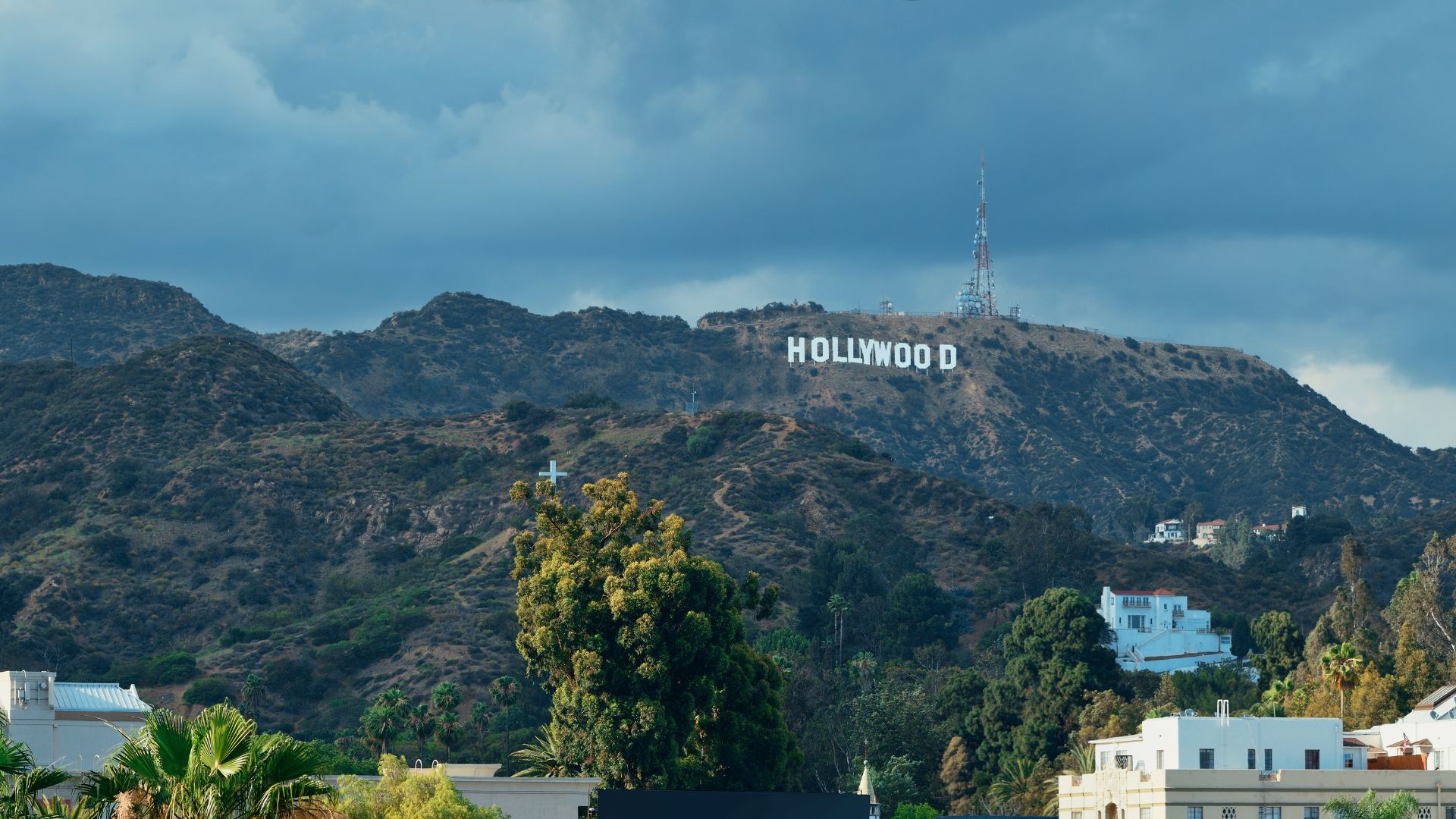
The Real Hollywood: Beyond The Glitz
Hollywood isn’t just about bright lights and movie premieres. There’s a ton of history, unexpected moments, and everyday life that looks nothing like a film set.
First Impressions vs. Reality
When I first rolled into Hollywood, I pictured sparkling streets and celebrities at every corner. What I found? Not quite. The sidewalks near the Walk of Fame were jammed with people, and honestly, some areas had a lot of folks struggling with homelessness.
Storefronts on Hollywood Boulevard seem to change all the time. Not everything is as shiny as it looks on TV. The stars on the Walk of Fame? Many are dusty or easy to miss unless you’re really paying attention. The real heartbeat of Hollywood comes from the people living and working there, not just the names on the sidewalk.
The Origins of Hollywoodland
Hollywood started out as a real estate project called Hollywoodland back in the early 1900s. Developers wanted to create a new housing area up in the hills. In 1923, they put up the original “Hollywoodland” sign to advertise those homes.
Over the years, the neighborhood grew, and the name shifted from Hollywoodland to just Hollywood. Eventually, the sign lost the last four letters and became the iconic Hollywood Sign everyone knows. It’s kind of wild to think a simple real estate sign ended up shaping the identity of a whole city—and the film industry, too.
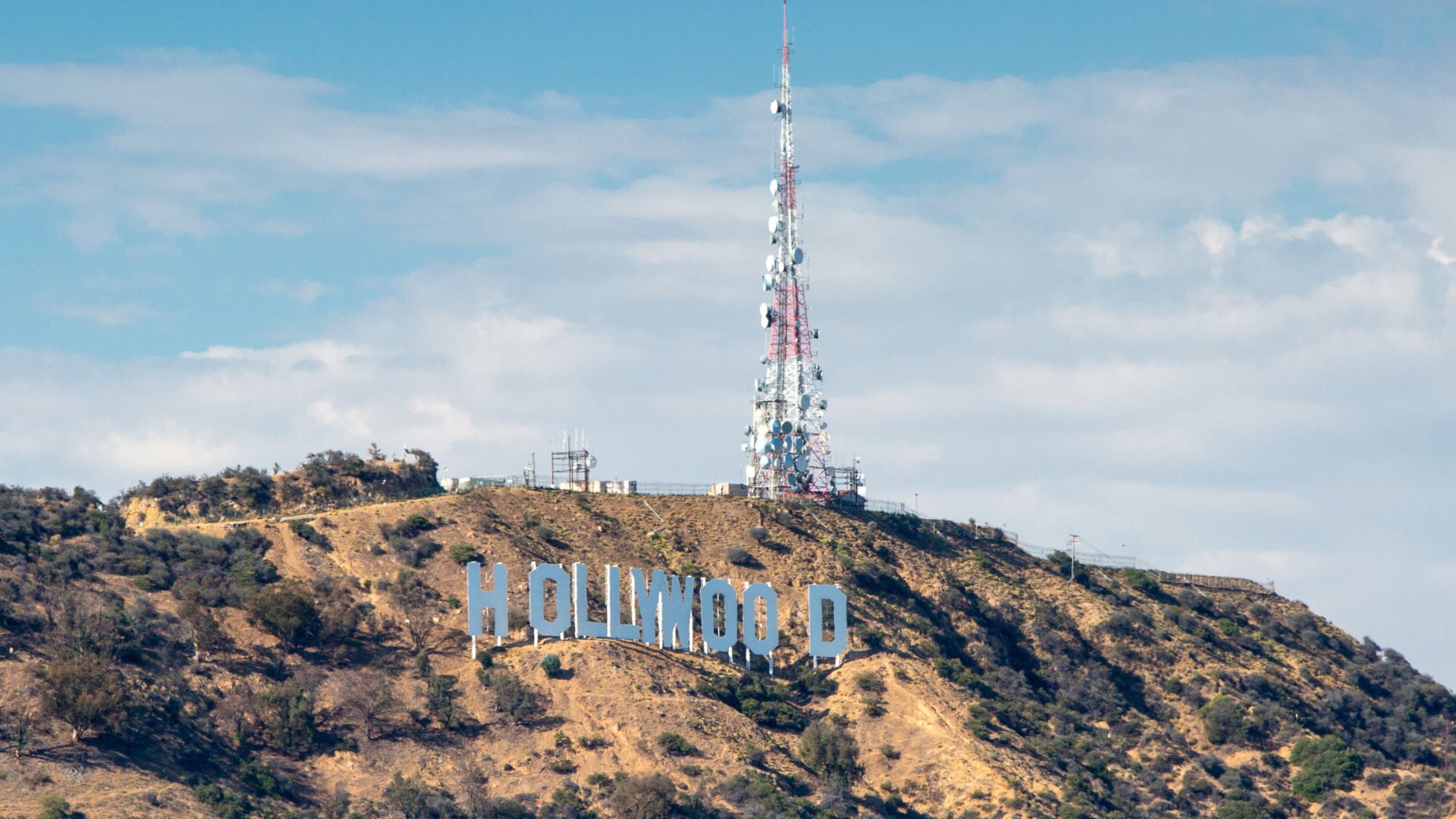
A Look at Neighborhoods: Vine Street and Hollywood Boulevard
Hollywood’s most famous streets? Definitely Hollywood Boulevard and Vine Street. On Hollywood Boulevard, you’ll find the Walk of Fame, those pink stars stretching along both sides. There are classic theaters, too, like the TCL Chinese Theatre and the Dolby Theatre—yep, the one that hosts the Oscars.
Vine Street, which crosses Hollywood Boulevard, used to be the heart of the music and broadcasting business. The Capitol Records Building, shaped like a stack of records, stands as a reminder of Hollywood’s musical roots. From Santa Monica to West Hollywood, every neighborhood brings its own flavor, but Vine and Hollywood are still the main event.
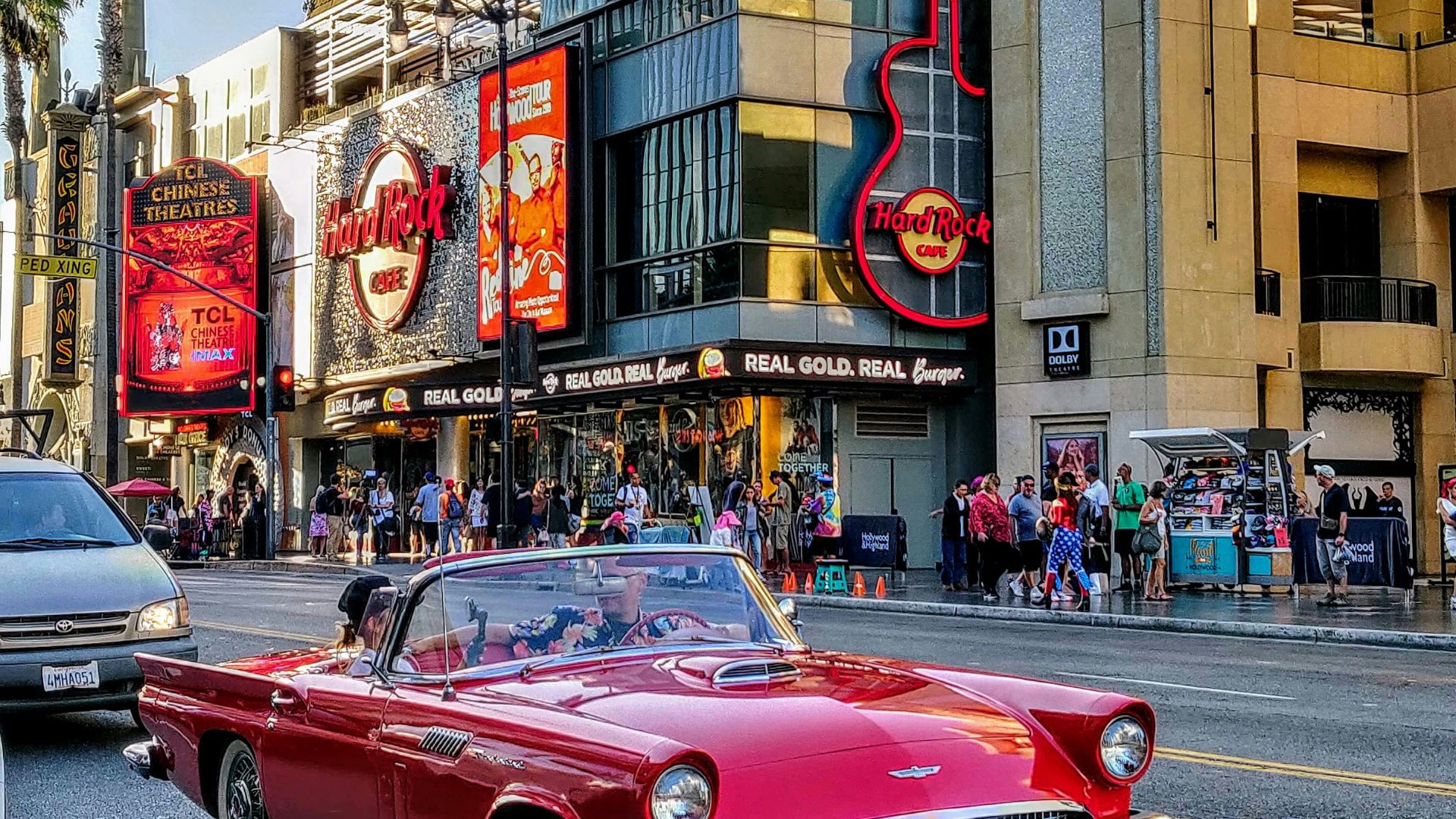
How The Film Industry Operates Behind The Scenes
Most people just see the glitz, but the real work in Hollywood happens behind closed doors. Making a feature film takes a ton of planning and a team of people you’ll never spot on screen.
The Hidden World of Movie Sets
The first time I stepped onto a movie set, I was honestly overwhelmed. Crew members zipped around, equipment was everywhere, and props filled every corner. The sets themselves? They barely look like the finished movie—walls and rooms are just built for the camera, not for real life.
Sometimes, sets get built inside massive sound stages. Other times, they pop up in parking lots. I watched whole neighborhoods appear overnight, only to vanish a week later. Every detail—colors, lighting, furniture, even fake dirt—is picked on purpose to fit the director’s vision.
Lists and schedules keep everyone moving. Each crew member knows exactly what to do and where to be. Security usually keeps things tight, making sure only the right people get in.
The Role of the Studio System
Big movies usually come from studios like Paramount, Warner Bros., or Universal. The studio system shapes almost everything. Studios hire teams, control budgets, and set the schedule.
Studios pick which scripts become movies and often choose the stars, too. They own the sound stages and rent out equipment and space. Most feature films only happen because studios provide the money, the marketing, and all those connections.
Post-production—editing, sound mixing, special effects—also happens under the studio’s watch. Studios plan releases and work out deals with streaming services or theaters. Working with a studio brings support, but also a lot of rules.

Unseen Challenges Faced By Production Designers
I had no idea how much pressure production designers deal with until I saw it firsthand. These folks lead the team that creates every visual part of the film—sets, locations, props, costumes, you name it.
They stick to tight budgets and deadlines, all while making each scene look just right. Sometimes, they juggle several movies at once or have just days to redo a set if the script changes. If something looks off, people blame the production designer, not the director.
It’s constant problem-solving. If the weather ruins a set or a prop breaks, they scramble for solutions. But when the credits roll, it’s usually the actors and directors who get the spotlight, even though the designers did so much heavy lifting.
Hollywood’s Surprising Celebrity Culture
Celebrity culture in Hollywood is both glamorous and, honestly, kind of weird sometimes. Stars look confident on the red carpet and on social media, but the reality behind the scenes? Way more complicated.
Red Carpet Events and Public Perception
I always thought red carpet events like the Oscars were pure fun and glitz. Turns out, there’s a ton of planning—strict schedules, publicists, security everywhere. Celebrities spend hours getting ready, just to stand and pose for a few minutes.
Most outfits are borrowed from designers. Stylists sometimes scramble last minute if someone else picked the same look. The flashing lights look glamorous, but the pressure to seem perfect is intense.
Fans see nothing but smiles in the photos. What they don’t catch are the awkward questions from reporters or the need for actors to always be “on.” Even walking the carpet, celebrities follow instructions and pose exactly how photographers want.
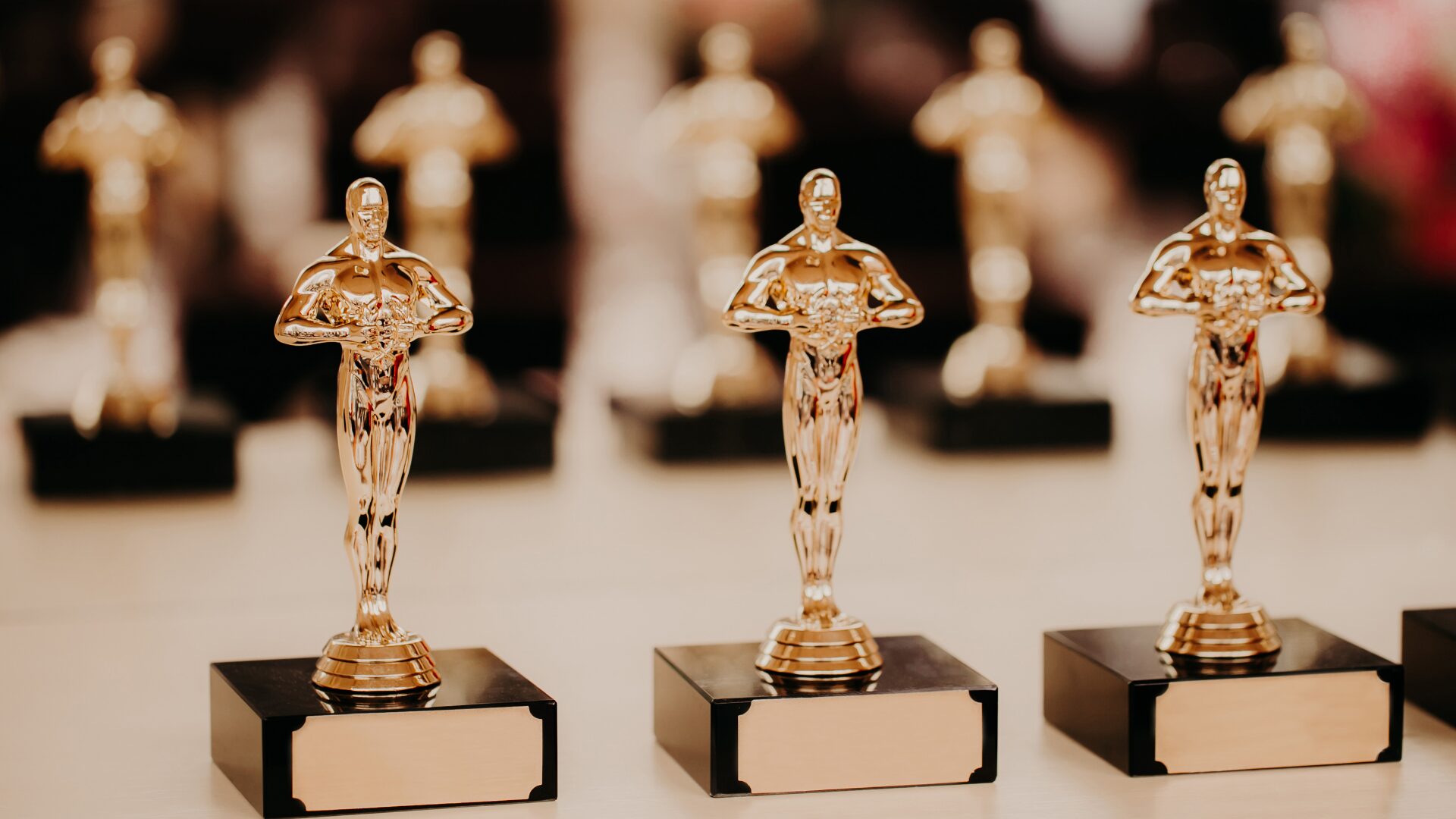
The Reality of the Casting Couch
Before I moved to LA, I’d heard about the casting couch. After chatting with industry insiders, I found out it was a real issue for years. The term refers to people in power taking advantage of those desperate for roles.
Groups like SAG-AFTRA have stepped in to protect actors from harassment. These days, most studios enforce strict rules, and actors have more ways to report bad behavior. Still, the problem hasn’t disappeared.
I was surprised to learn that not just newcomers, but even famous actors sometimes faced unwanted advances. The industry is trying to get safer, with more training and open conversations, but trust takes time to rebuild.
Impact of Social Media on Celebrity Status
Social media flipped the script on fame. Celebrities now share their lives on Instagram and Twitter, and sometimes even reply to fans. That never used to happen.
I’ve watched new actors go viral overnight, thanks to trending hashtags or funny videos. But with all that attention comes pressure to look perfect and watch every move, since mistakes spread fast.
Movie roles don’t guarantee fame anymore. Some influencers have millions of followers without ever being in a blockbuster. Studios now check an actor’s online reach before casting, which just shows how much things have changed.
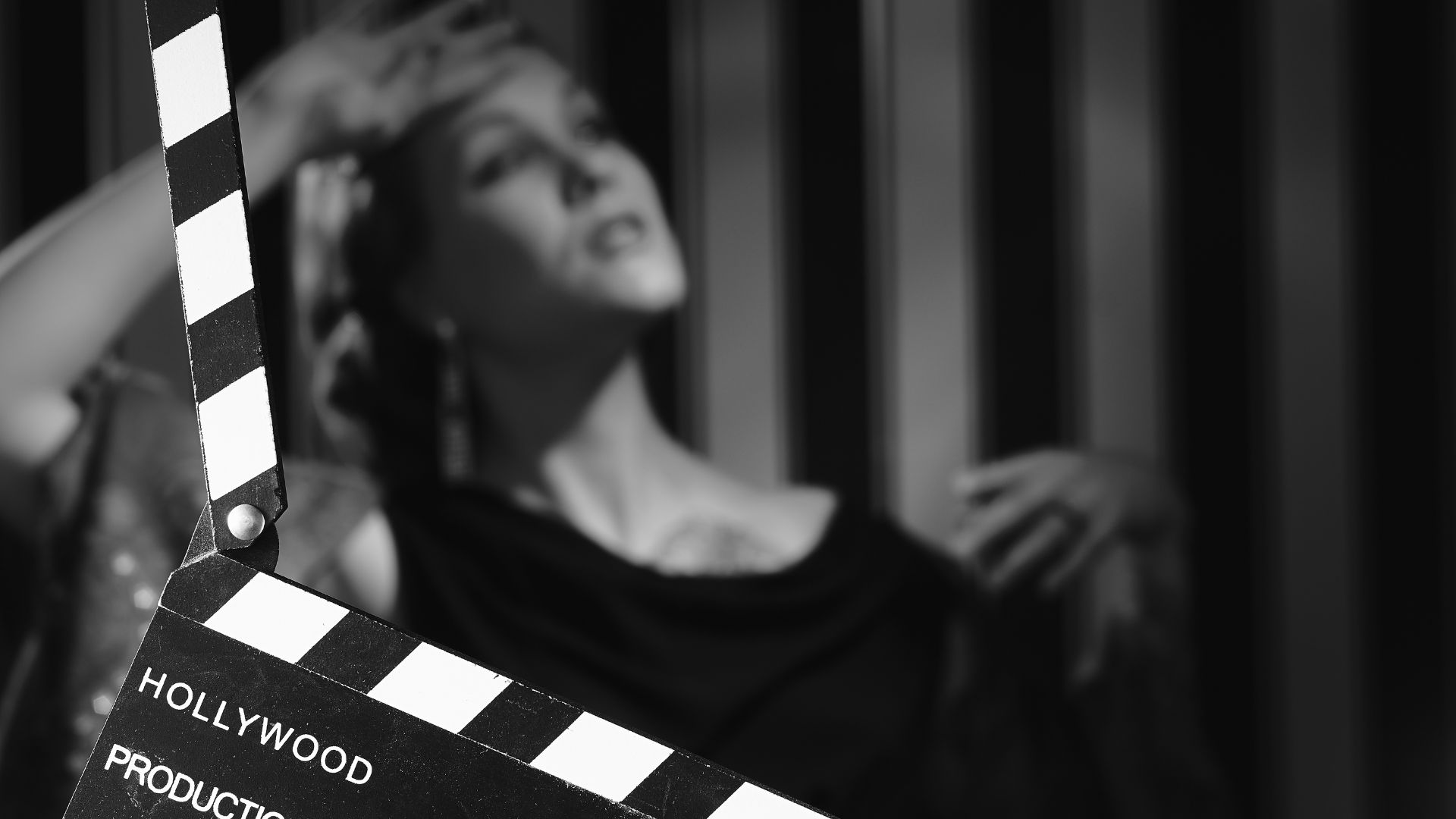
Behind The Blockbusters: Life in Tinseltown
Hollywood is this wild mix of money, fame, history, and tradition. Exploring the area, I saw how movie magic happens right alongside real-world problems and legendary spots.
Box Office Success vs. Artistic Value
When I first learned how Hollywood judges movies, box office numbers jumped out at me. Big-budget blockbusters with explosions and action scenes usually rake in the most cash. Studios love those movies—they fill theaters and make bank.
But a movie that makes a ton of money isn’t always respected for its art. Some of the best films I’ve seen—quiet, creative, full of heart—barely sold tickets. Award judges sometimes pick films that focus more on storytelling or creativity than on special effects. It’s a reminder that in Hollywood, a movie’s true worth isn’t just about the money.
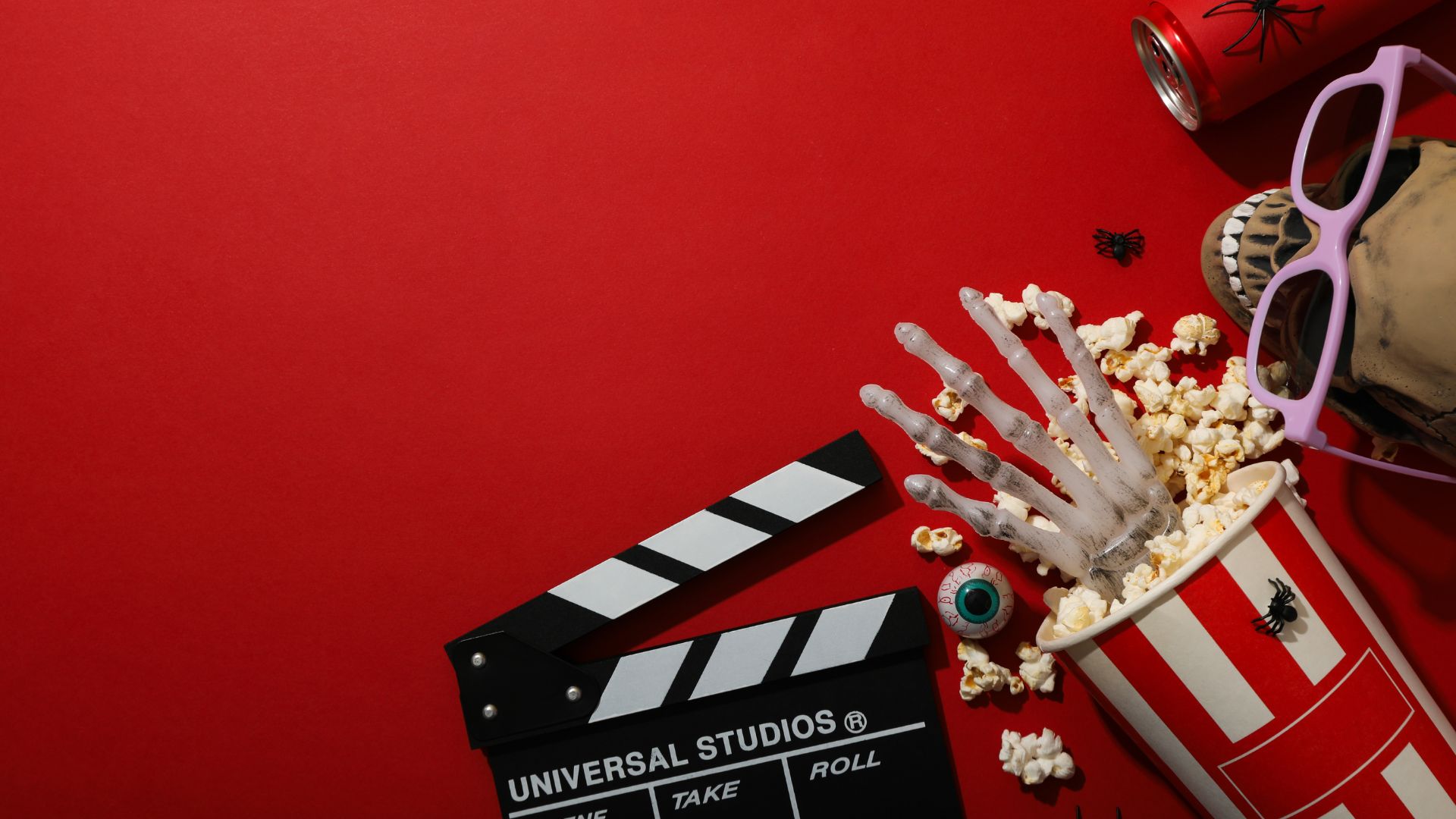
Legacy of the Golden Age of Hollywood
Walking around Hollywood, I kept spotting reminders of the Golden Age. From the 1920s to the 1960s, this era shaped how people think about movies and stardom. The style and fashion from back then still influence premieres and red carpet looks.
The Hollywood Roosevelt Hotel is a classic example. The first Academy Awards happened there in 1929. Whenever I walk by, I half-expect to see old movie stars chatting in the lobby.
Classic studios and theaters still line the streets. These places remind me that even as new blockbusters come out, Hollywood’s deep past is always close at hand.
Key Landmarks: Hollywood Bowl and Dolby Theatre
The Hollywood Bowl really surprised me—it’s not just a concert venue. It’s an outdoor amphitheater that hosts movie music, pop shows, and film screenings. Since 1922, it’s been drawing crowds every summer.
The Dolby Theatre is famous as the home of the Oscars. This place was built for movie premieres and award shows. Every year, top stars walk its red carpet, making it a symbol of Hollywood’s biggest dreams.
Both spots play a huge part in the city’s movie culture. They’re places where Hollywood’s history and future collide in a single night.
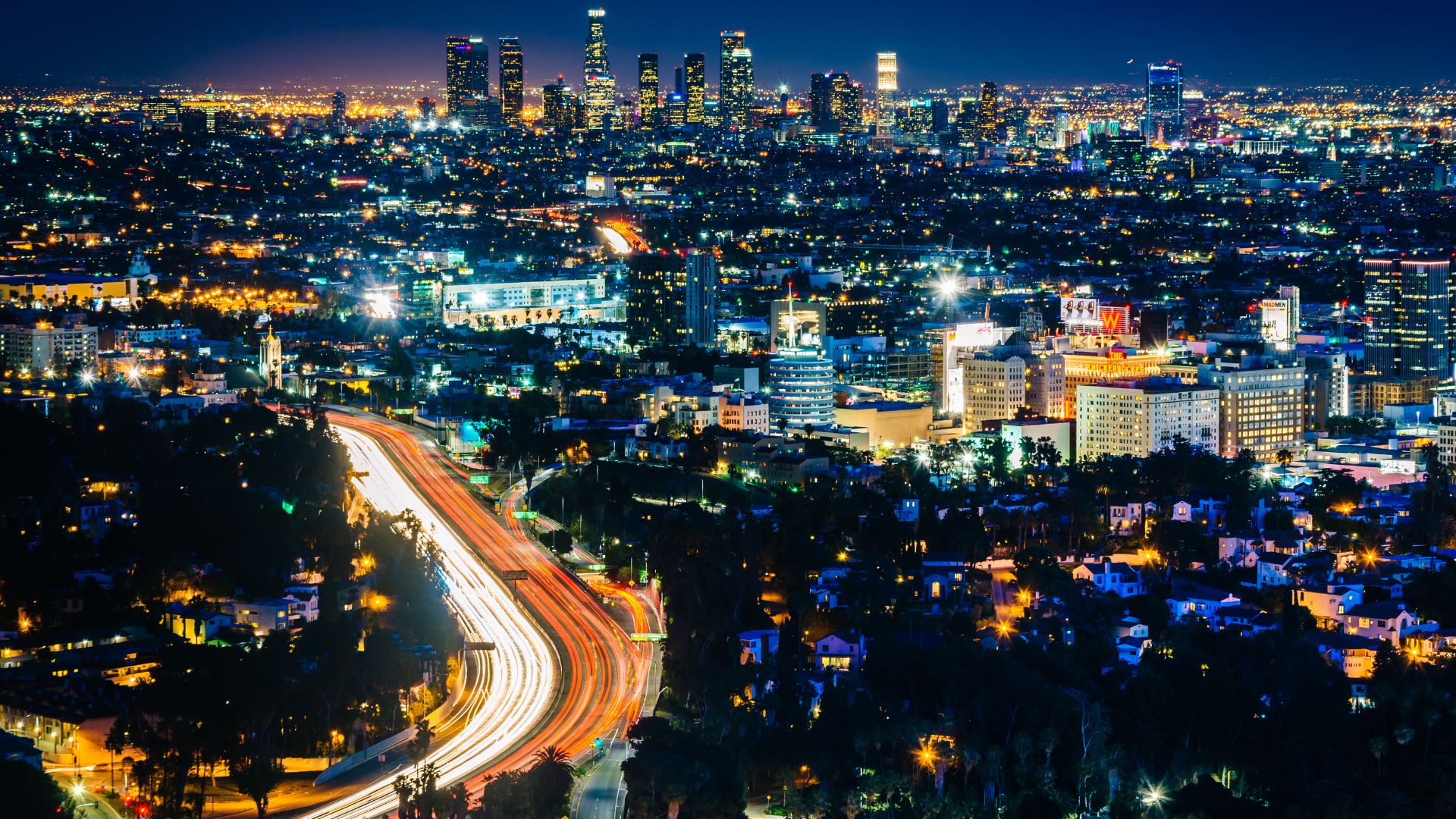
Icons and Influencers Who Shaped Hollywood
Hollywood became the center of movies because so many different people left their mark. Some made legendary films, others changed the way stories get told, and a few even influenced what we wear or listen to.
Walt Disney and Disney’s Lasting Legacy
I always knew Walt Disney’s name, but I didn’t realize just how much he changed Hollywood. He started with simple cartoons like Steamboat Willie and introduced Mickey Mouse to the world. His approach made animation popular for all ages and raised the bar for storytelling.
Disney didn’t just make movies—he built a whole brand. He opened Disneyland in 1955, creating a new kind of theme park. The company grew to include TV, music, and tons of merchandise.
Even now, Disney’s influence reaches everywhere. The company owns studios like Marvel and Pixar. Walt Disney’s focus on creativity and family fun helped shape Hollywood into what it is today.
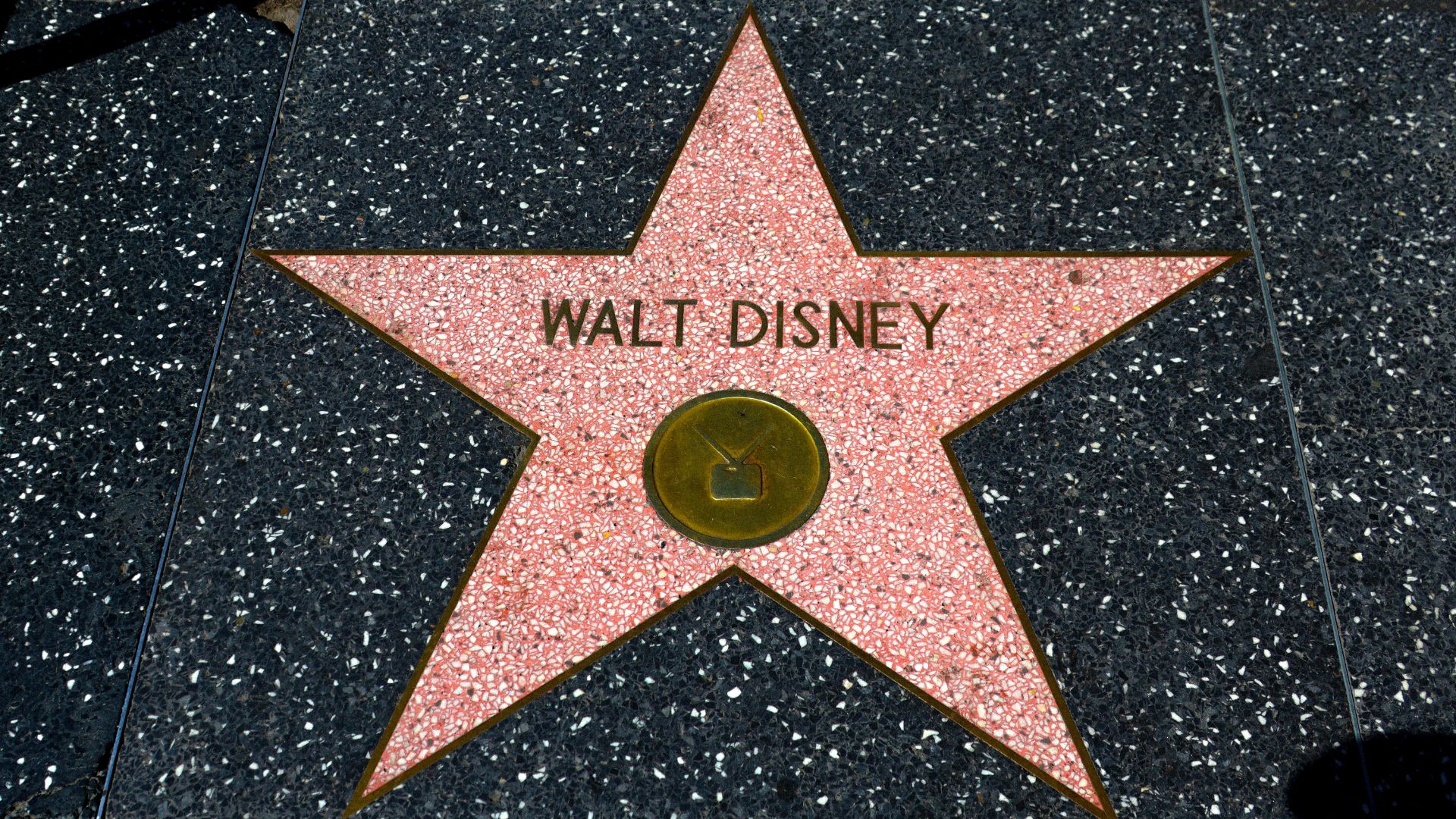
Famous Figures: Frank Sinatra, D.W. Griffith, Tom Hanks, and Leonardo DiCaprio
Frank Sinatra proved you could be both a movie star and a music legend. He shifted from singing to acting, even winning an Academy Award. Sinatra made it cool to be multi-talented in Hollywood.
D.W. Griffith, though a complicated figure, directed some of the earliest blockbusters. He invented techniques like close-ups and cross-cutting that changed movies forever. His influence is still felt in film style today.
Tom Hanks and Leonardo DiCaprio made their names by taking on all kinds of roles. Hanks is famous for playing relatable, everyman characters. DiCaprio took risks with movies like Titanic and Inception.
| Name | Main Contribution | Notable Films or Works |
|---|---|---|
| Frank Sinatra | Music and movies | From Here to Eternity |
| D.W. Griffith | Film directing | The Birth of a Nation |
| Tom Hanks | Acting | Forrest Gump, Cast Away |
| Leonardo DiCaprio | Acting | Titanic, The Revenant |
The Beatles and Their Impact on Entertainment
The Beatles—yeah, the legendary British rock band—actually had a surprising Hollywood connection. When they landed in the U.S. back in the 1960s, they didn’t just stick to music.
They jumped straight into movies like A Hard Day’s Night and Help!. Those films blended music, comedy, and a sense of style that felt fresh and, honestly, a bit rebellious.
Hollywood took notice and started mixing music with movies more often, inspired by what the Beatles pulled off. Suddenly, musicians weren’t just background noise—they could step right into the spotlight as movie stars, changing the way people thought about entertainment.
Their soundtracks and the quirky vibe of their films? You can still spot their influence everywhere. The Beatles really pushed Hollywood to dream bigger about what movies could be.
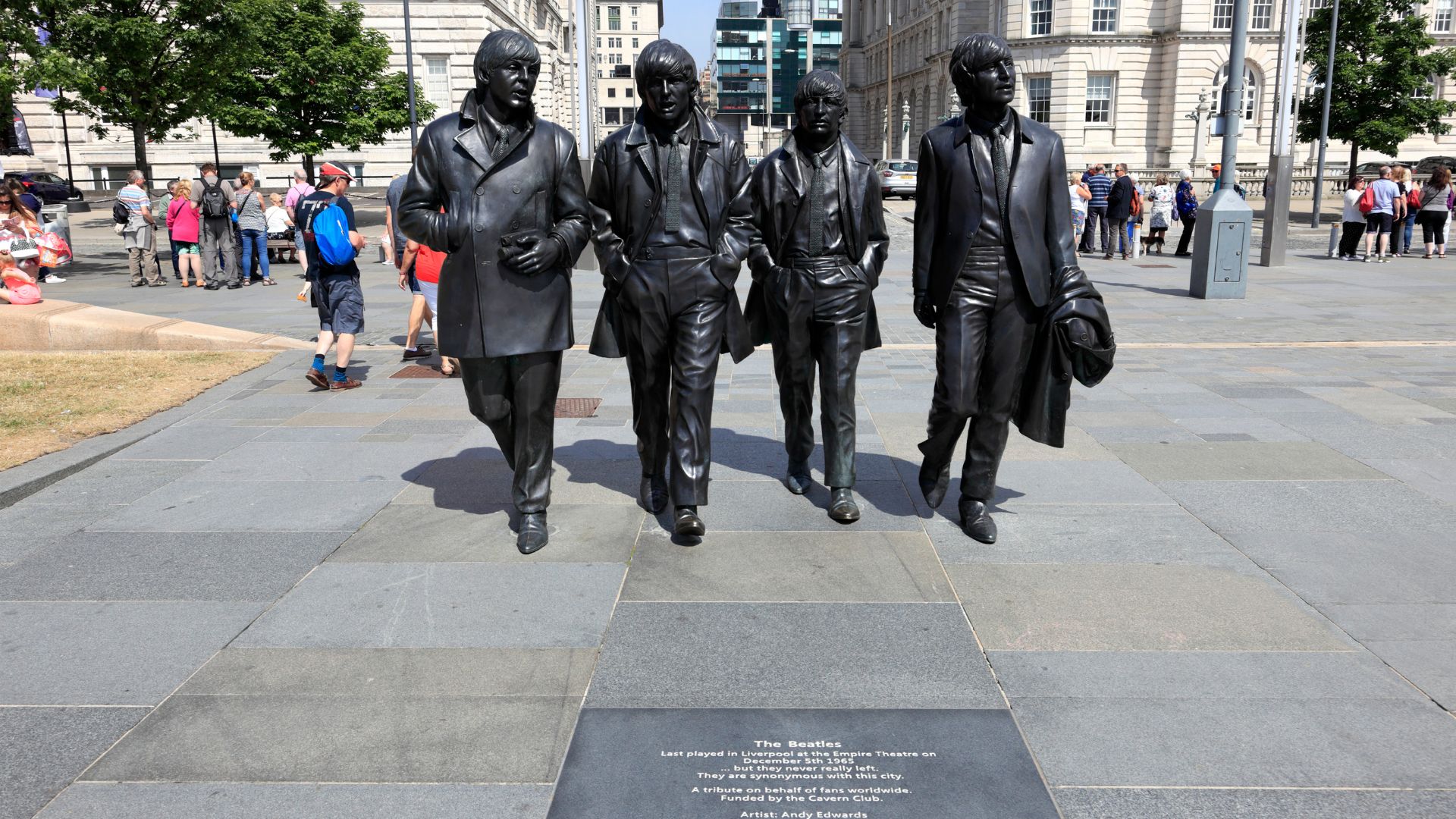
Historical Films and Events: ‘In Old California’ and the Father of Hollywood
When I first read about In Old California, I was honestly surprised to learn it was the very first movie filmed in Hollywood, way back in 1910. It’s a short silent film, and it really put Hollywood on the map as a great spot for shooting movies—probably because of all that sunshine and the wide-open spaces.
People call H.J. Whitley the “Father of Hollywood,” and for good reason. He played a huge role as a real estate developer, shaping the area and nudging studios to set up shop. Whitley actually convinced folks to build sound stages here, which helped Hollywood turn into the movie capital we know today.
Digging into these stories made me appreciate just how much those early decisions mattered. It’s kind of wild to think that a few bold moves and the right weather could spark an entire industry.

